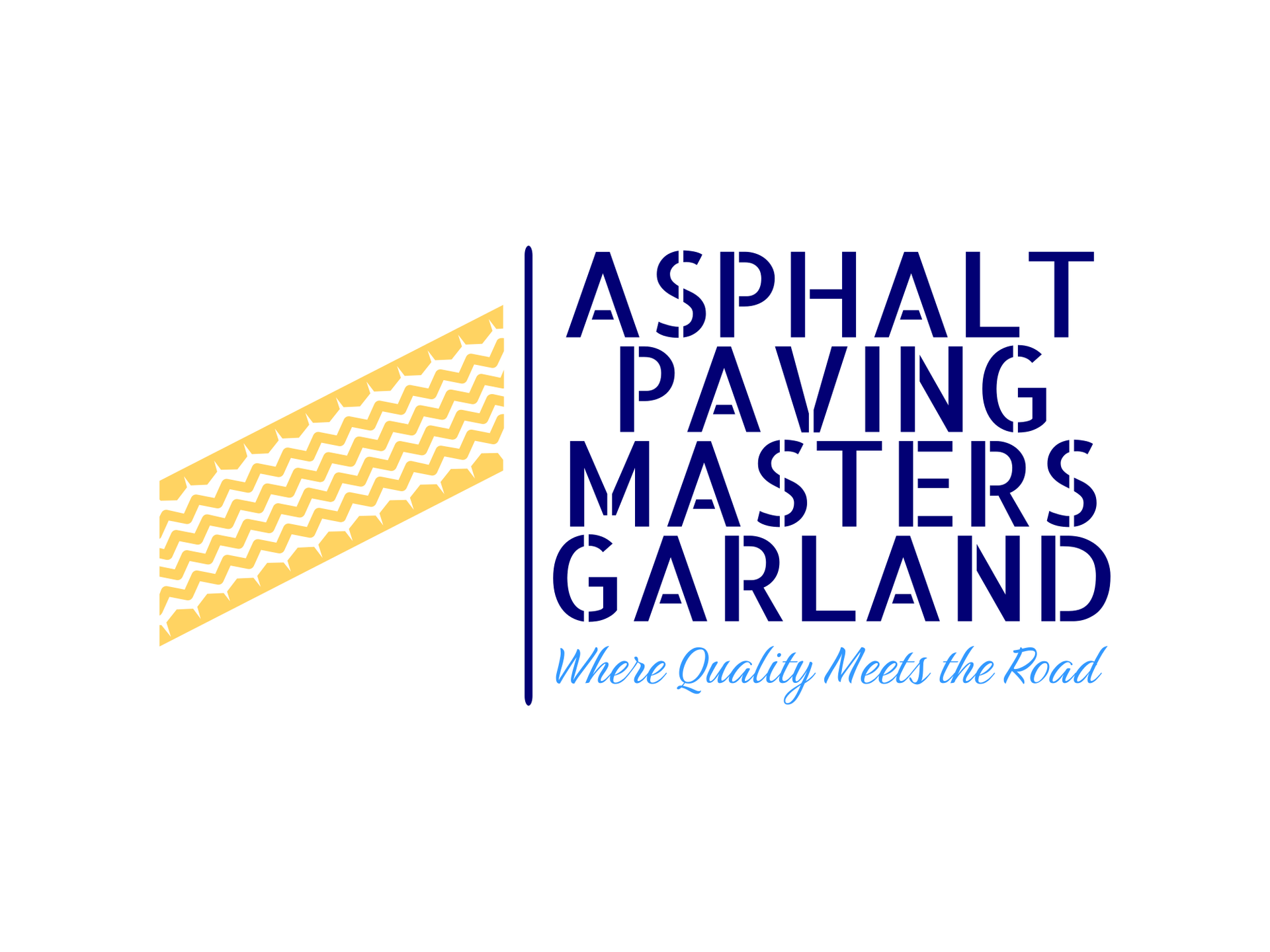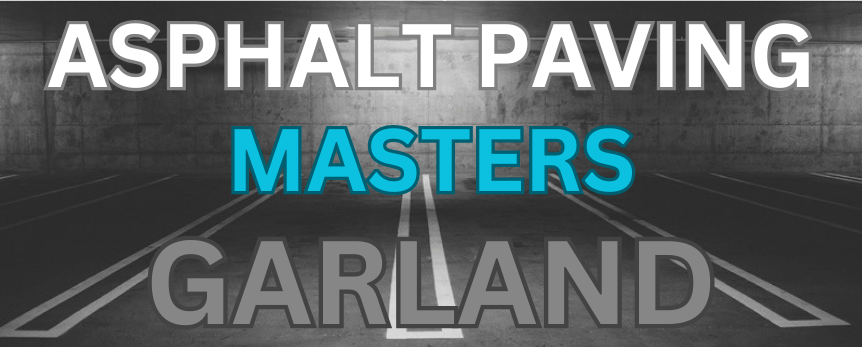Asphalt Paving Masters Garland
Concrete & Asphalt Crack Repair
Asphalt & Concrete crack repair Services In Garland
Revamp Your Street or Driveway With Professional Crack Repair
Is your parking lot showing signs of wear and tear? Don't let cracks take away from your property's curb appeal. At Asphalt Paving Masters Garland, our crack repair service ensures your asphalt remains smooth and flawless. Trust us to keep your parking lot looking its best.
What is Driveway Crack Repair?
Asphalt or concrete crack filling and repair refer to the processes used to fix cracks in asphalt or concrete surfaces, such as roads, driveways, parking lots, or sidewalks. These cracks can develop due to various reasons, including weathering, heavy traffic, freeze-thaw cycles, or natural settling of the ground.
Here's a brief overview of the two processes:
Asphalt Crack Filling and Repair:
Crack Filling: Involves filling the cracks with a hot rubberized asphalt material. This helps prevent water from entering the cracks and causing further damage.
Crack Sealing: This is a more extensive process where cracks are cleaned and sealed with a specialized material, providing a longer-lasting solution.
Concrete Crack Filling and Repair:
Epoxy Injection: For narrow cracks, epoxy injection is commonly used. It involves injecting epoxy resin into the cracks, creating a strong bond and preventing further cracking.
Concrete Patching: In cases of wider cracks or areas of deterioration, a concrete patching material may be used to fill and repair the damaged section.
Both asphalt and concrete crack filling and repair are crucial for maintaining the integrity of the surface and preventing further damage. Timely repairs can extend the lifespan of the pavement and ensure safety for pedestrians and vehicles.
Asphalt Crack Repair Process
01
Surface Preperation
The first step is to clean the cracks thoroughly. Debris, dirt, vegetation, and loose material should be removed from the cracks. This is often done using specialized tools like wire brushes and high-pressure air.
02
Pavement repairs
Once the cracks are clean, a hot rubberized asphalt material is applied to fill the cracks. This material is heated to a temperature that allows it to flow into the cracks and create a seal. It effectively prevents water infiltration and protects against further damage.
03
SEAL COAT APPLICATION
After the cracks are filled, the surface is smoothed and leveled to ensure an even and seamless finish. This can involve using tools to smooth out the filled cracks and create a uniform appearance.
04
curing and drying
In some cases, especially for wider cracks or areas of extensive damage, a sealant may be applied over the repaired cracks.
This additional layer helps enhance the longevity of the repair and provides extra protection against the elements.
Concrete Crack Repair Process
01
Crack Elevation & Cleaning
The first step involves evaluating the cracks to determine the appropriate repair method. Cracks are then cleaned thoroughly to remove any loose debris, dust, or contaminants.
02
Epoxy Injection Or Patching
For narrow cracks, epoxy injection is often used. Epoxy resin is injected into the cracks, creating a strong bond and preventing further cracking. For wider cracks or areas of deterioration, a concrete patching material is applied to fill and repair the damaged section.
03
Smoothing & Finishing
After the injection or patching, the repaired area is smoothed and finished to ensure it matches the surrounding concrete surface. Tools may be used to achieve a consistent texture and appearance.
04
Curing & Protection
The repaired area needs time to cure and set properly. During this period, it's essential to protect the repaired section from heavy traffic or other potential sources of stress. Curing times can vary based on the specific repair materials used.
OUR HIGHLIGHTS
Benefits of Repairing or Filling Cracks In Your Concrete or Asphalt:
Preventing Water Damage
Cracks in pavements can allow water to penetrate, leading to erosion and deterioration of the underlying base. By repairing cracks, you create a barrier that prevents water infiltration. This helps maintain the structural integrity of the pavement and reduces the risk of further damage.
Preventing Freeze-Thaw Damage
In cold climates, water that seeps into cracks can freeze and expand during colder temperatures. This freeze-thaw cycle can cause the cracks to widen and result in more significant damage to the pavement. Repairing cracks helps mitigate this cycle and minimizes the impact of freezing and thawing.
Enhancing Pedestrian & Automobile Safety
Cracks in pavements can pose tripping hazards for pedestrians and create uneven surfaces for vehicles. Repairing cracks ensures a smoother and more even surface, reducing the risk of accidents, especially in high-traffic areas such as driveways and parking lots.
Extending Pavement Lifespan
Regular crack repair and maintenance contribute to the overall longevity of roads, driveways, and parking lots. Timely interventions help address small issues before they escalate into more extensive and costly problems, ultimately extending the lifespan of the pavement.
Improved Aesthetics
Well-maintained surfaces with repaired cracks contribute to a more aesthetically pleasing environment. Cracks, if left untreated, can make the pavement appear worn and neglected. Repairing them improves the overall appearance and curb appeal of the area.
Reducing Maintenance Costs
Early detection and repair of cracks are generally more cost-effective than allowing the damage to progress. Small cracks are easier and less expensive to fix compared to larger, more extensive damage. Regular maintenance and crack repair can help reduce the overall long-term costs associated with pavement care.
Ready to transform your driveway, street or parking lot?
Contact Asphalt Paving Masters Garland today for a consultation or a free quote. Join the countless satisfied customers who have experienced excellence in asphalt services.

About Company
With a dedicated team of experienced professionals and cutting-edge technology, we cater to all your asphalt needs in Garland and its surrounding areas.
Useful Links
Contact Info
location:
3633 W Miller Rd, Garland, TX 75041
PHONE:
EMAIL:
asphaltpavingmastersgarland@gmail.com
All Rights Reserved | Asphalt Paving Masters Garland

